
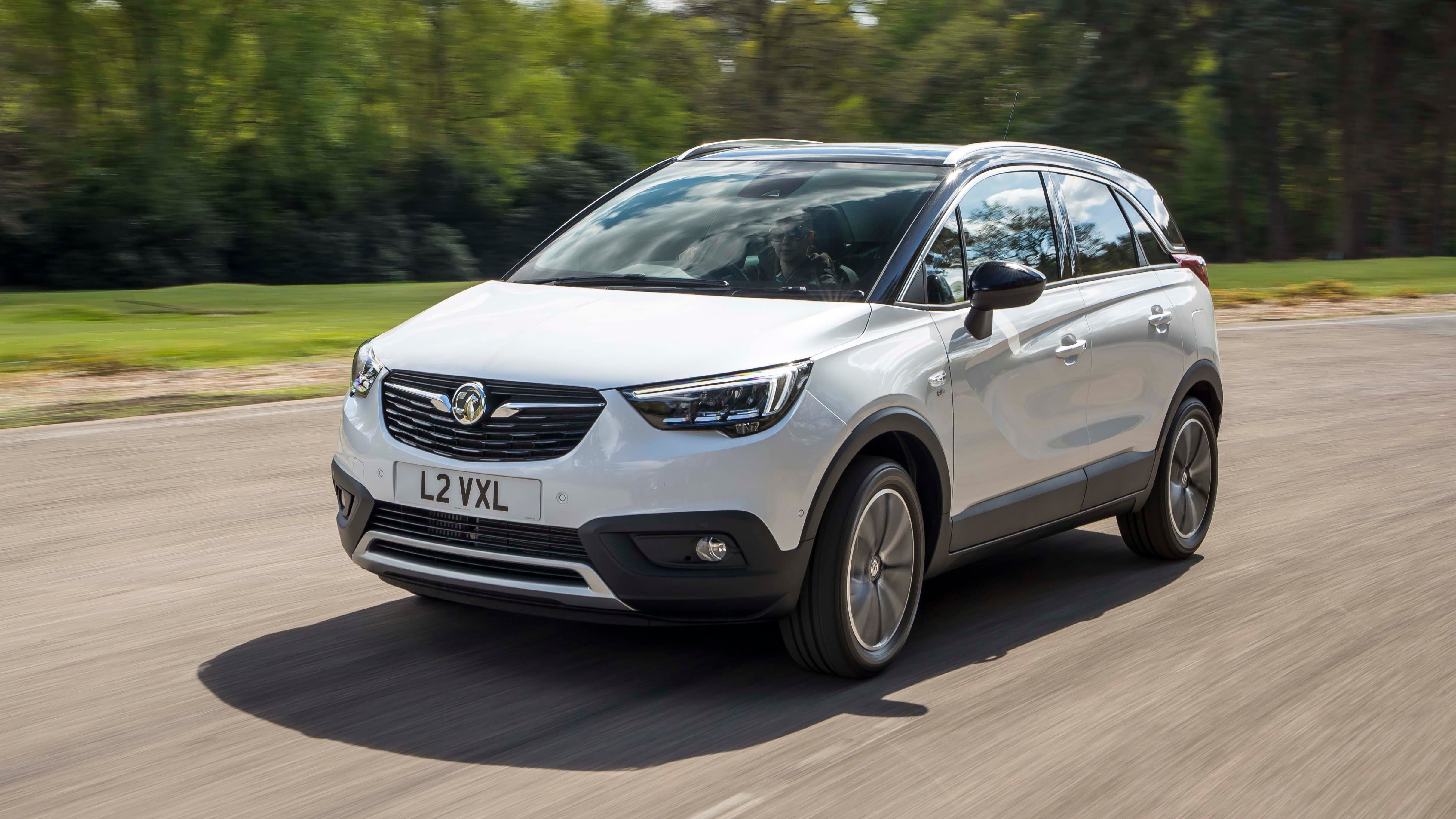
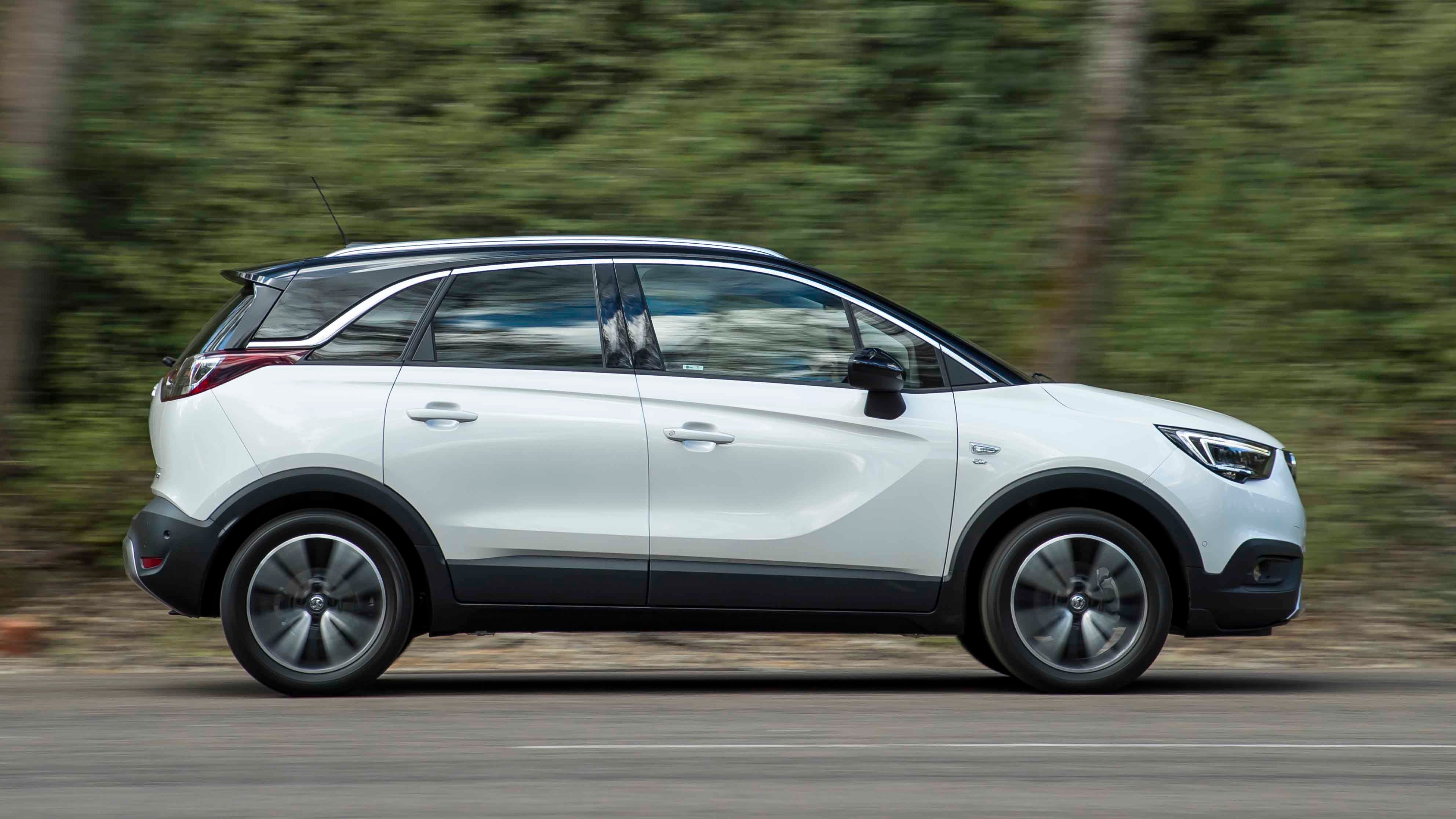

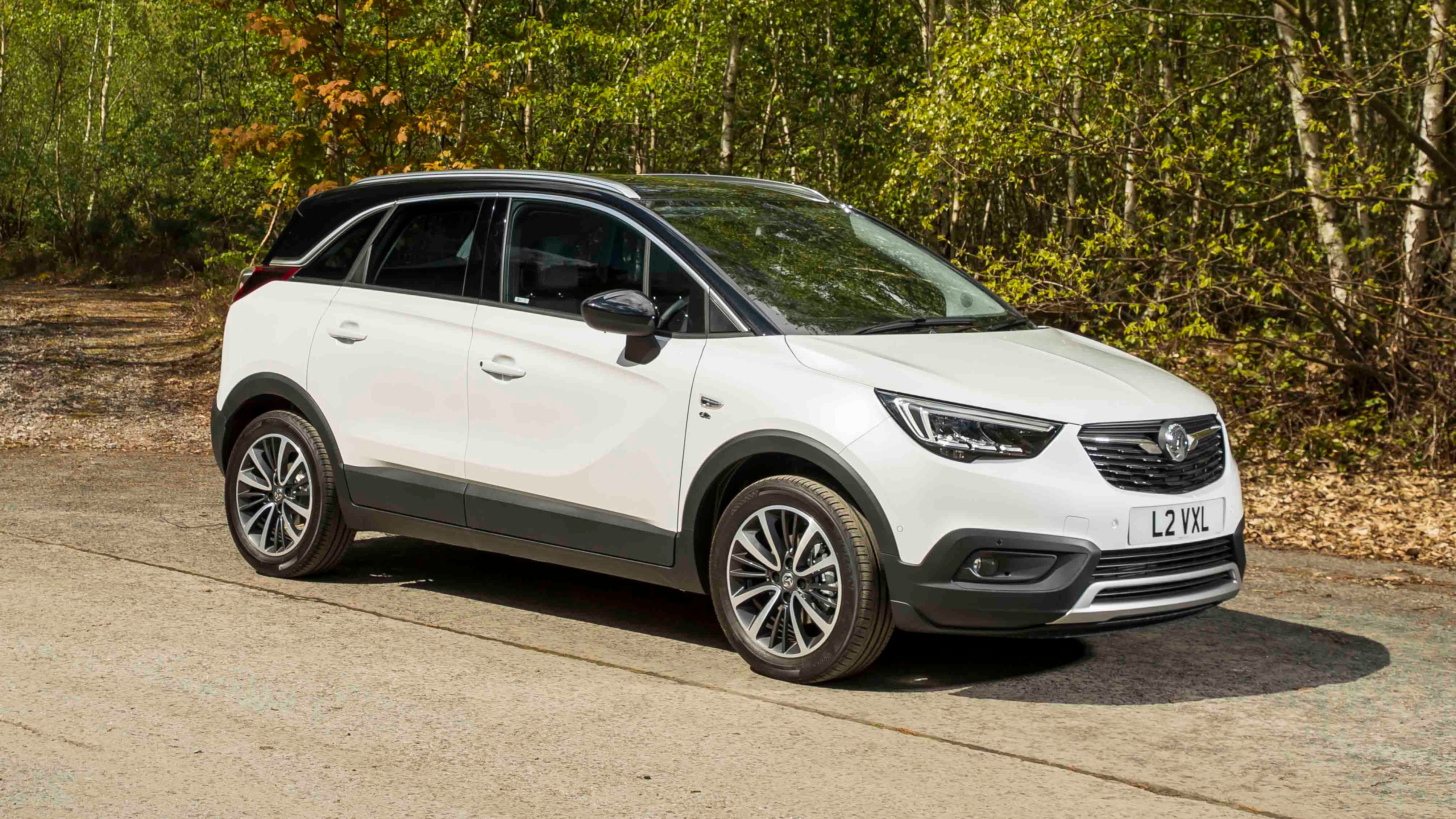
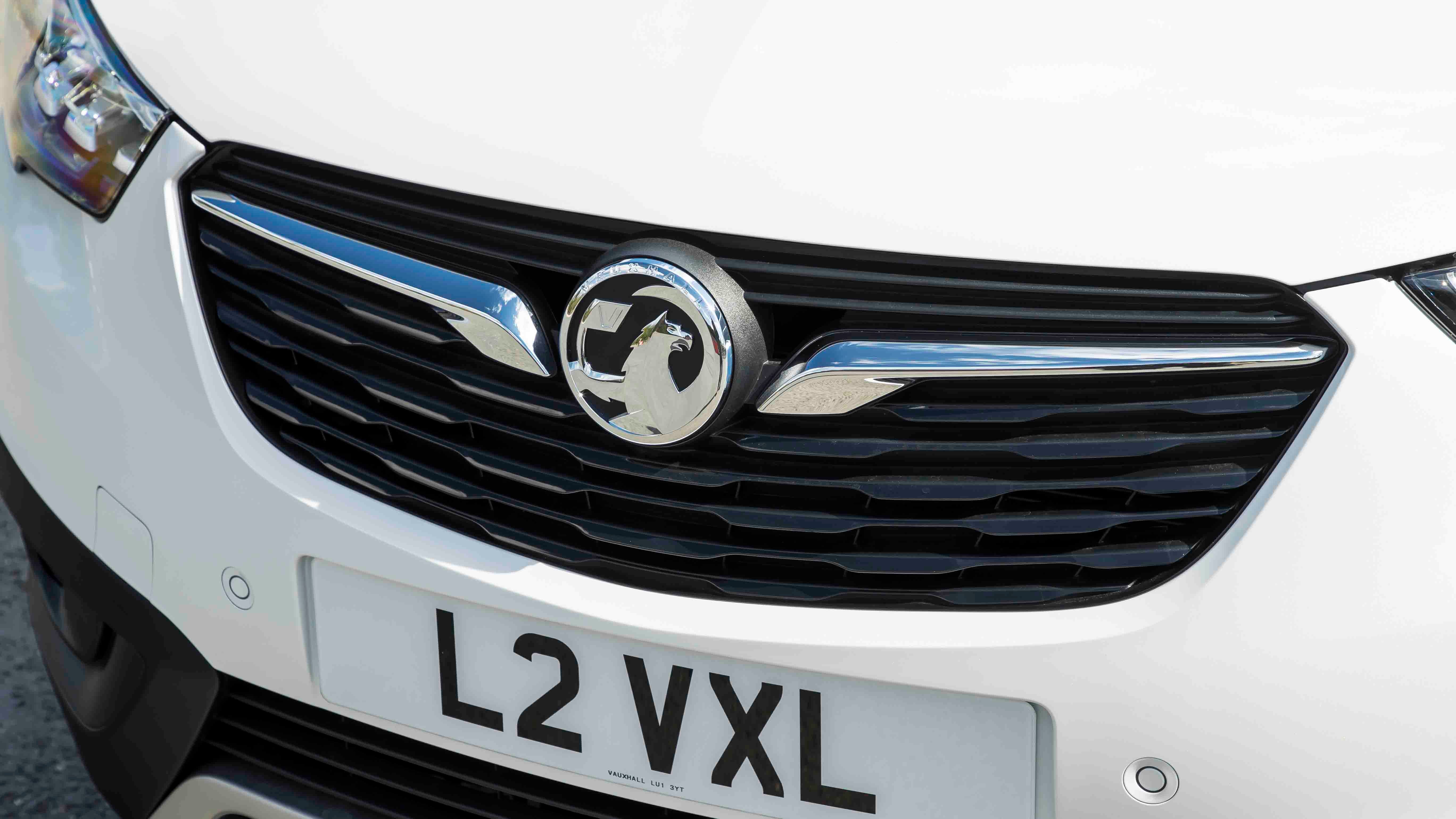
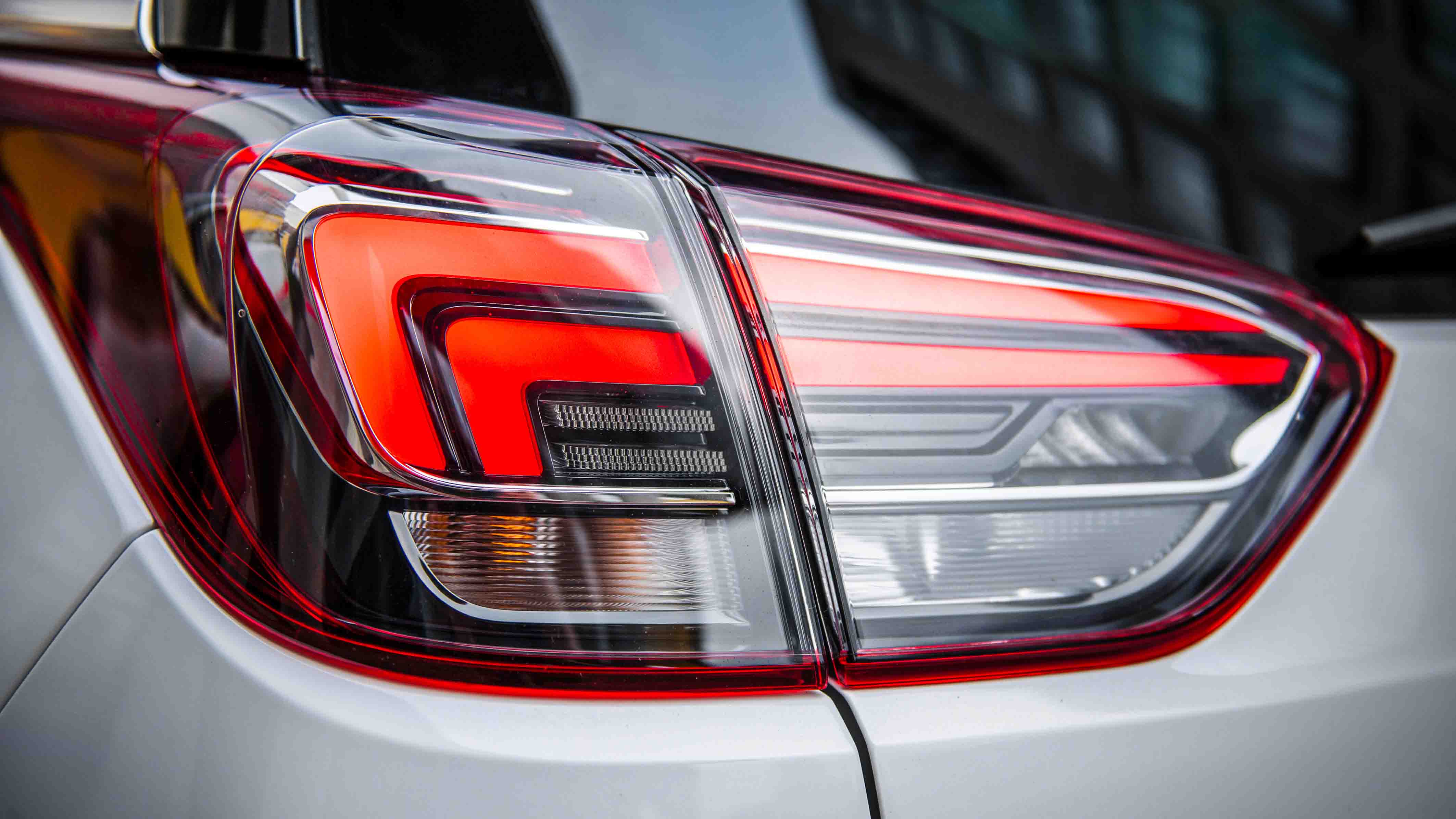
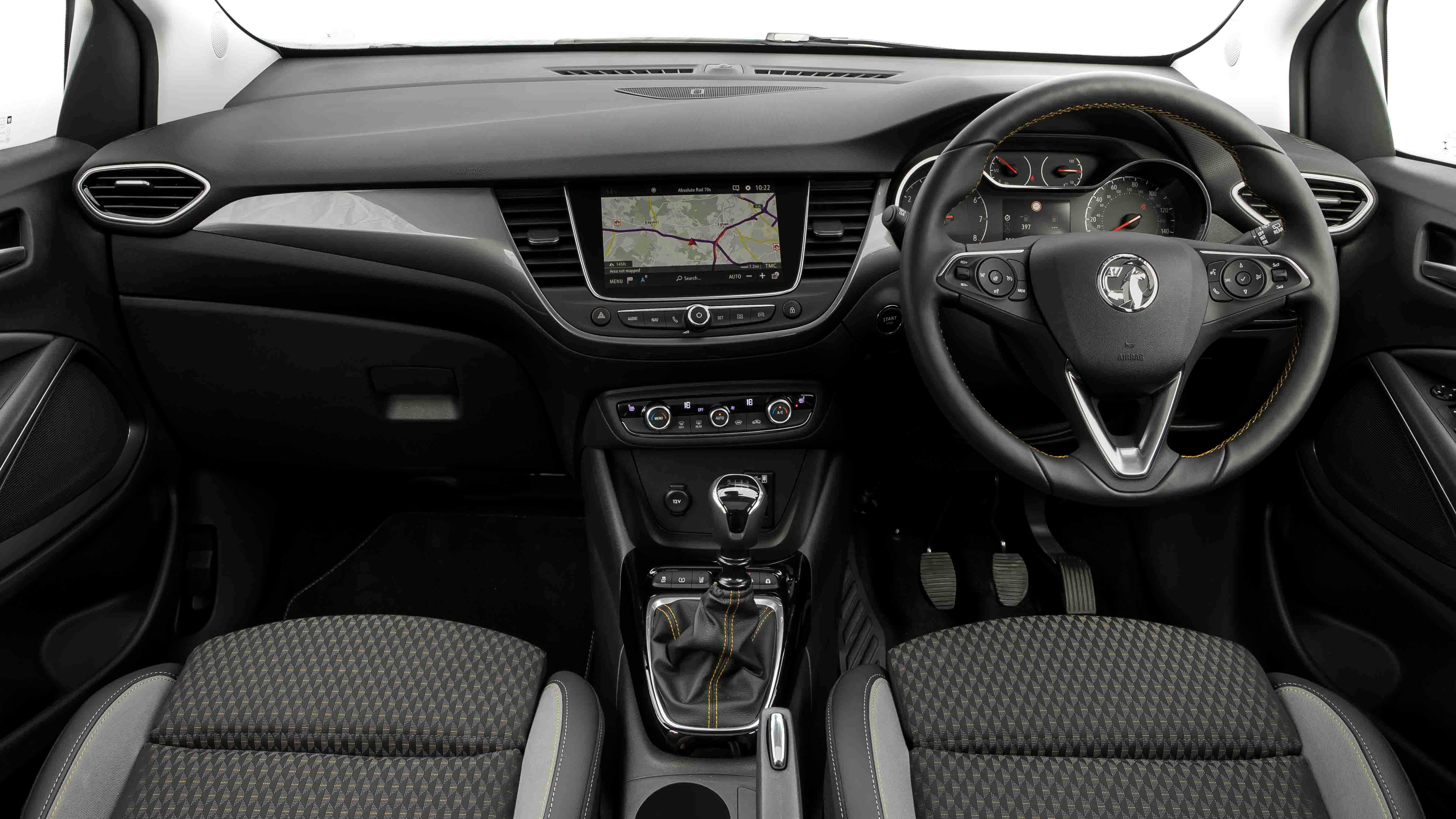


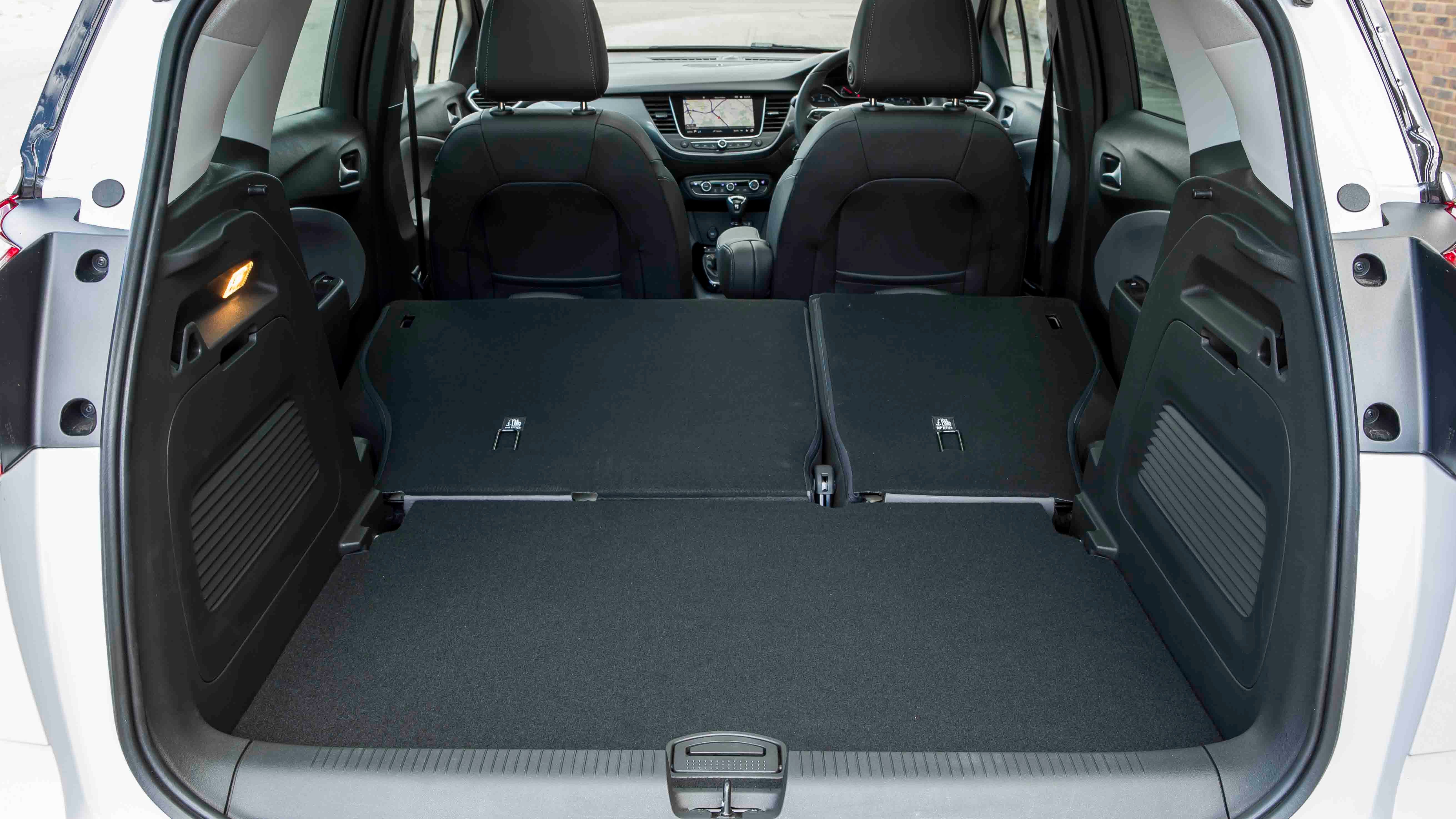
Vauxhall Crossland X Review

You can think of the Vauxhall Crossland X as a Corsa on stilts. It’s a comfortable, easy-driving way to get around – and best of all, it’s great value compared to its rivals.
So if you don’t care about having the most space or the latest infotainment software, the Crossland lets you drive an SUV without spending much.
- Inexpensive to buy and run
- Good rear legroom
- Comfortable ride
- Feels cheap inside
- The whole driving experience could be better
- No rear-seat features
Should I buy a Vauxhall Crossland X?
If you’ve outgrown the Vauxhall Corsa or find it just a bit too low to get into, you don’t have to spend a fortune on an SUV to replace it. As we write this, lightly used Vauxhall Crossland X cars are widely available for under £10,000 or £150 per month on PCP finance.
Tot up a few TV subscription services and you’re probably getting close to £150 per month, so the Crossland X represents staggering value for money. This is a car with a good array of standard features, practical rear seats and a big boot, and decent driving manners, at considerably less than most of its rivals.
It doesn’t try to be fun and doesn’t come with the latest, glossiest infotainment system, but all the must-have connectivity features are there and easy enough to use. If all you really care about is having your phone connected while you get from A to B, you could do far worse than the Crossland X.
Interior and technology
The Crossland X’s dashboard is neatly designed, with the touchscreen plumbed into the fascia that also helps to improve front visibility. It has a slightly older interior design than the latest Corsa and the Vauxhall Mokka, but the upshot is that buttons and dials are still used for major functions like climate control.
You won’t need a lengthy introduction to how everything works and where all the buttons are. It’s all logical and easy to work out – perfect if you’re not keen on huge screens or overly confusing technology.
Some trim levels get a coloured slab of plastic on the dashboard that stops the interior feeling dour. Otherwise, there aren’t any exciting material choices, with lots of hard plastics throughout the cabin. That’s to be expected given the car’s low price, and the materials themselves should stand up well to scuffs and mud.
Practicality
Indirectly replacing the Vauxhall Meriva, the Crossland X still has the practicality element sorted. It has lots of rear-seat space, with headroom, legroom and footroom under the seats all generous. However, the Crossland only gets sliding rear seats as an option, so a Citroen C3 Aircross or Renault Captur will be more versatile if you need more boot space at the expense of passenger space.
Without the sliding seats, the boot measures 410 litres – almost exactly the same amount of space as in a Skoda Kamiq and Kia Stonic, and much more than a Corsa offers. The Crossland X is also a little more practical than the Mokka, despite looking smaller.
Engines and performance
Keeping things simple, the Crossland X has a choice of economical petrol and diesel engines, which have been extensively used in other Vauxhall, Peugeot and Citroen models. The petrol engines are all versions of a 1.2-litre motor, with the entry-level car getting 83hp and sitting below turbocharged versions with either 110hp or 130hp. The diesel is rare but is worth hunting out for drivers who spend a lot of time on the motorway.
The 83hp petrol engine is plenty for drivers who mainly use the car to get around town, but at motorway speeds it’s evident that it has run out of puff. The 110hp and 130hp versions of the petrol engine are much more suited to faster roads, with decent shove from the turbocharger and a more relaxed feel when you get to higher speeds.
Driving and comfort
With vague controls, a numb clutch and a seriously long gearshift action, it’s clear that the Crossland X isn’t gunning for the best-in-class for driving pleasure. This is a tool to get you where you’re going – if that’s all you expect from it, you won’t be disappointed.
Pleasingly, it’s very comfortable at motorway speeds, where expansion joints and undulations are smoothed out to the point of being almost unnoticeable. Bigger impacts at lower speeds highlight the limits of its suspension but, on the whole, it’s pretty good over typically British roads.
















































.jpg&w=1440&q=75)



